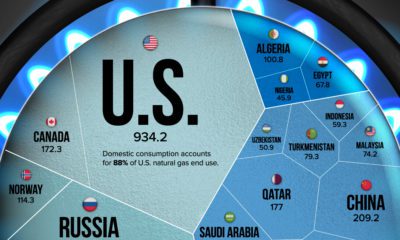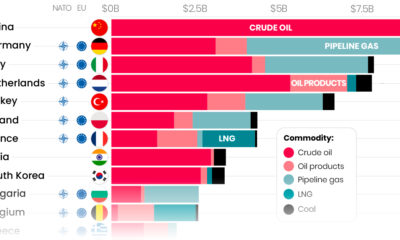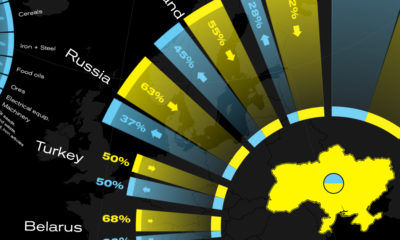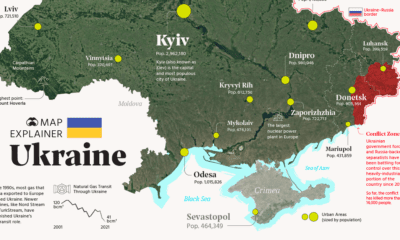For most people, there are no time constraints on becoming fluent in another language, but for the Foreign Service Institute – the U.S. government’s main provider of foreign affairs training – quantifying the “learn time” of various languages is vital. American diplomats, for example, need to become proficient in the official language of their posting country, and it helps immensely to know how long that might take. The FSI organizes languages into five broad categories based on how different each language and culture is to the United States:
Category I: The Quick Ones
Category I languages are the easiest for English speakers, who can reach reading and speaking proficiency within about half a year of intense study. There is a mix Romance and Germanic languages in this classification, including Dutch, Swedish, French, Spanish, and Italian. It might be surprising also to learn that Afrikaans is in this “easiest” category as well. It uses 26 letters in its alphabet like English (although it also contains additional phonetic sounds), and has a lot in common with modern Dutch.
Category II: Es ist schwer zu sagen
Though German is very closely related to English, there are grammar quirks that bump it up in difficulty. FSI estimates it would take 30 weeks of intense study to become proficient in German.
Category III: Intermediate
Category III languages are mainly spoken in Southeast Asia, and they include Indonesian and Malay. Swahili also counts as a Category III language. (Note: there are no Category III languages spoken in Europe.)
Category IV: For people who like a challenge
Category IV includes the most challenging European languages for English speakers to pick up. Here you’ll find Slavic and Baltic languages such as Polish, Croatian, and Latvian, as well as Greek, Turkish, and Icelandic. This category also includes Finnish, Estonian and Hungarian. These Uralic languages have the distinction of being particularly challenging for English speakers to master as they have little in common with any other European languages. FSI estimates it would take a year of intense study to become proficient in these languages.
Category V: For people who really like a challenge
Languages in category V are the most challenging for English speakers because they generally have completely unfamiliar scripts and cultural assumptions. These languages are most common in Asia and the Middle East. While Mandarin, Arabic, and Korean are sufficiently difficult to comprehend, Japanese has a reputation for being the toughest in this group thanks, in part, to multiple writing styles. Mastering Japanese could take years, but FSI estimates that it’ll be at least 88 weeks before you’re chatting your way through Tokyo. べんきょうがんばってください。 This map was inspired by one created by Redditor, Fummy. on Even while political regimes across these countries have changed over time, they’ve largely followed a few different types of governance. Today, every country can ultimately be classified into just nine broad forms of government systems. This map by Truman Du uses information from Wikipedia to map the government systems that rule the world today.
Countries By Type of Government
It’s important to note that this map charts government systems according to each country’s legal framework. Many countries have constitutions stating their de jure or legally recognized system of government, but their de facto or realized form of governance may be quite different. Here is a list of the stated government system of UN member states and observers as of January 2023: Let’s take a closer look at some of these systems.
Monarchies
Brought back into the spotlight after the death of Queen Elizabeth II of England in September 2022, this form of government has a single ruler. They carry titles from king and queen to sultan or emperor, and their government systems can be further divided into three modern types: constitutional, semi-constitutional, and absolute. A constitutional monarchy sees the monarch act as head of state within the parameters of a constitution, giving them little to no real power. For example, King Charles III is the head of 15 Commonwealth nations including Canada and Australia. However, each has their own head of government. On the other hand, a semi-constitutional monarchy lets the monarch or ruling royal family retain substantial political powers, as is the case in Jordan and Morocco. However, their monarchs still rule the country according to a democratic constitution and in concert with other institutions. Finally, an absolute monarchy is most like the monarchies of old, where the ruler has full power over governance, with modern examples including Saudi Arabia and Vatican City.
Republics
Unlike monarchies, the people hold the power in a republic government system, directly electing representatives to form government. Again, there are multiple types of modern republic governments: presidential, semi-presidential, and parliamentary. The presidential republic could be considered a direct progression from monarchies. This system has a strong and independent chief executive with extensive powers when it comes to domestic affairs and foreign policy. An example of this is the United States, where the President is both the head of state and the head of government. In a semi-presidential republic, the president is the head of state and has some executive powers that are independent of the legislature. However, the prime minister (or chancellor or equivalent title) is the head of government, responsible to the legislature along with the cabinet. Russia is a classic example of this type of government. The last type of republic system is parliamentary. In this system, the president is a figurehead, while the head of government holds real power and is validated by and accountable to the parliament. This type of system can be seen in Germany, Italy, and India and is akin to constitutional monarchies. It’s also important to point out that some parliamentary republic systems operate slightly differently. For example in South Africa, the president is both the head of state and government, but is elected directly by the legislature. This leaves them (and their ministries) potentially subject to parliamentary confidence.
One-Party State
Many of the systems above involve multiple political parties vying to rule and govern their respective countries. In a one-party state, also called a single-party state or single-party system, only one political party has the right to form government. All other political parties are either outlawed or only allowed limited participation in elections. In this system, a country’s head of state and head of government can be executive or ceremonial but political power is constitutionally linked to a single political movement. China is the most well-known example of this government system, with the General Secretary of the Communist Party of China ruling as the de facto leader since 1989.
Provisional
The final form of government is a provisional government formed as an interim or transitional government. In this system, an emergency governmental body is created to manage political transitions after the collapse of a government, or when a new state is formed. Often these evolve into fully constitutionalized systems, but sometimes they hold power for longer than expected. Some examples of countries that are considered provisional include Libya, Burkina Faso, and Chad.













